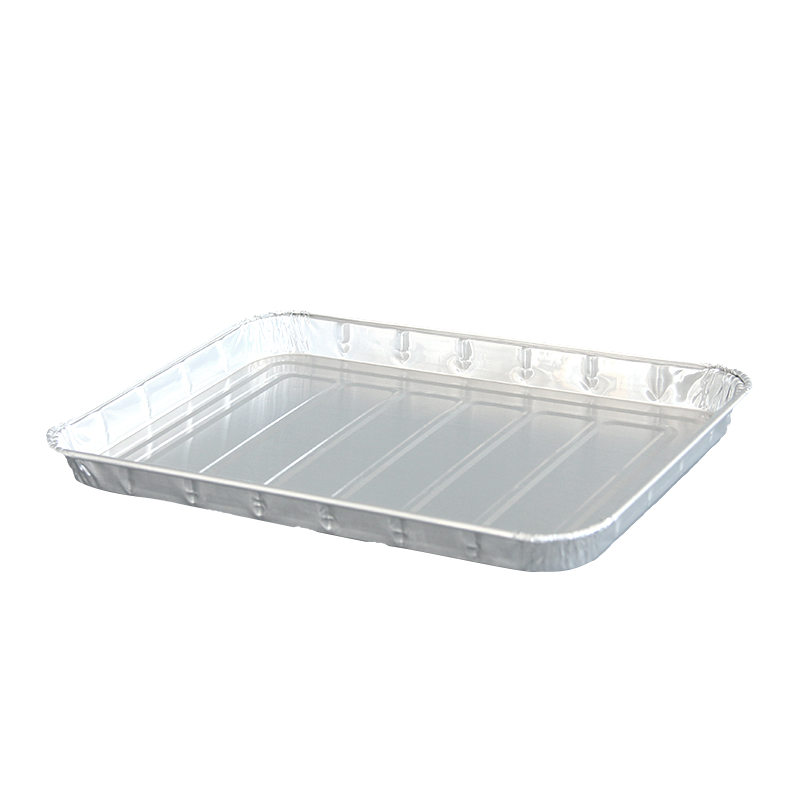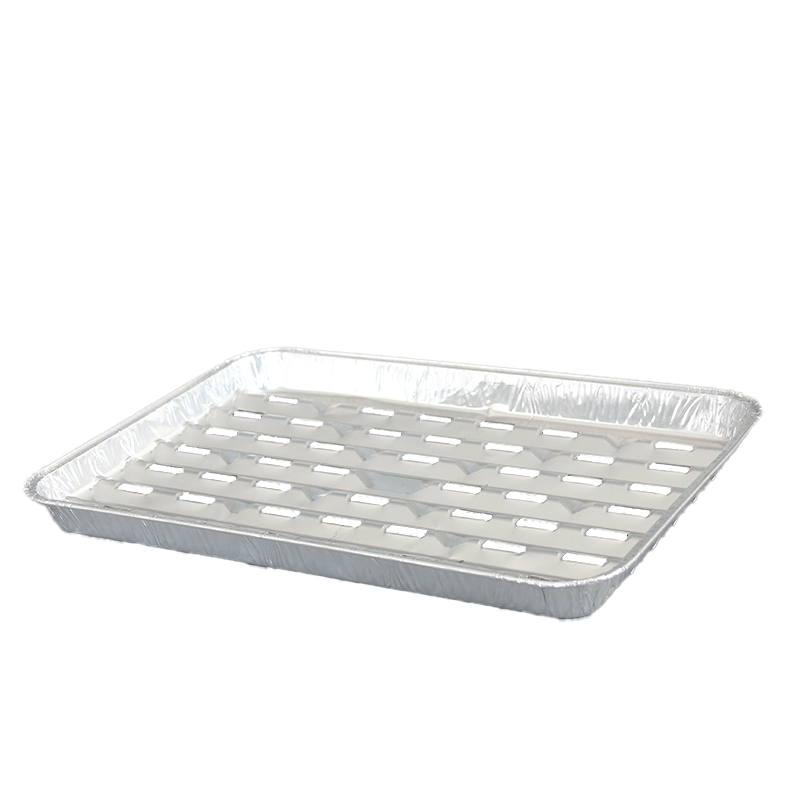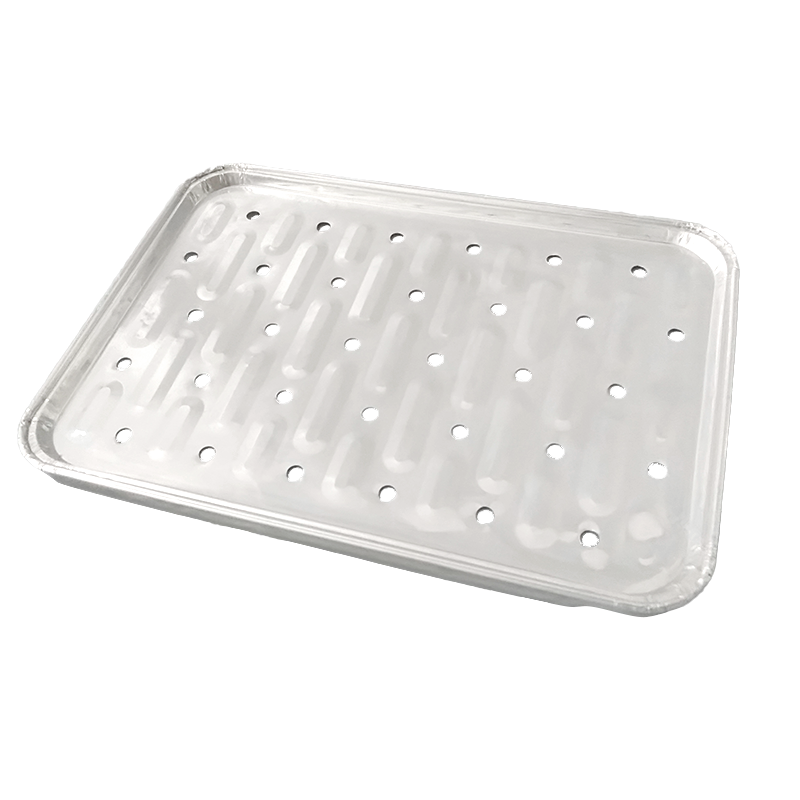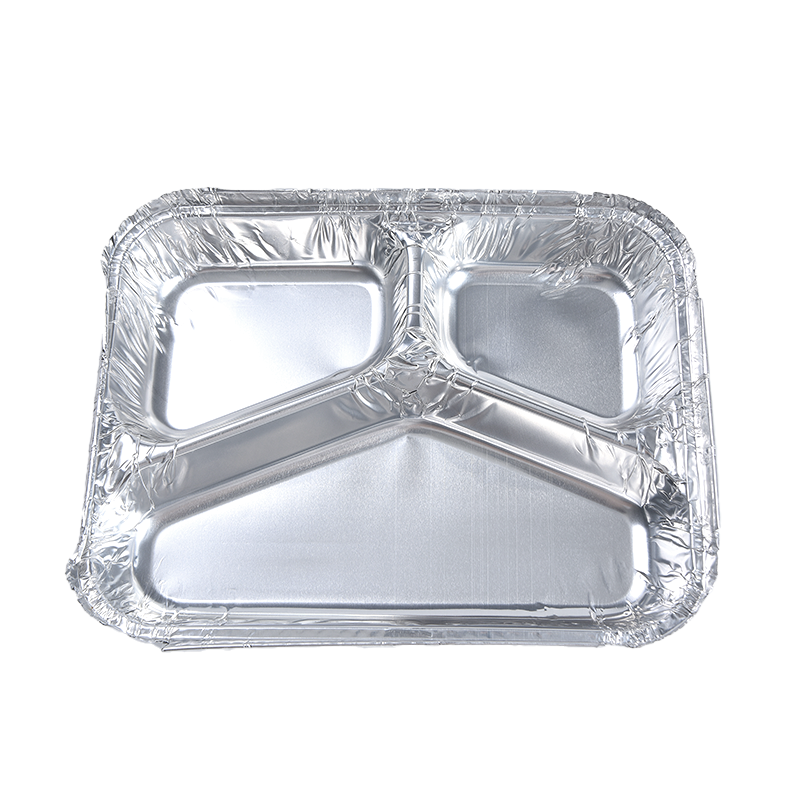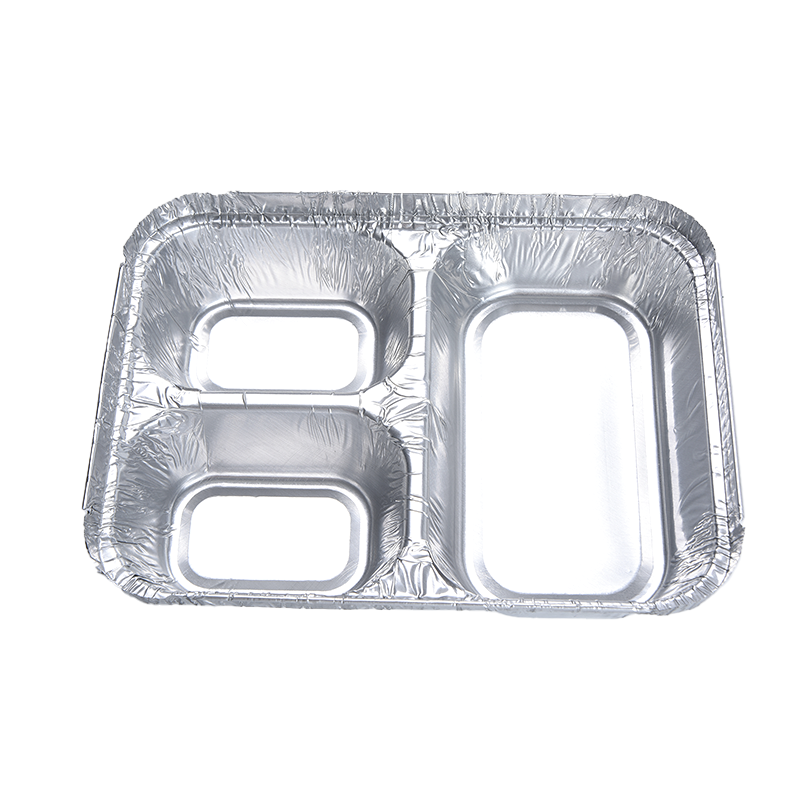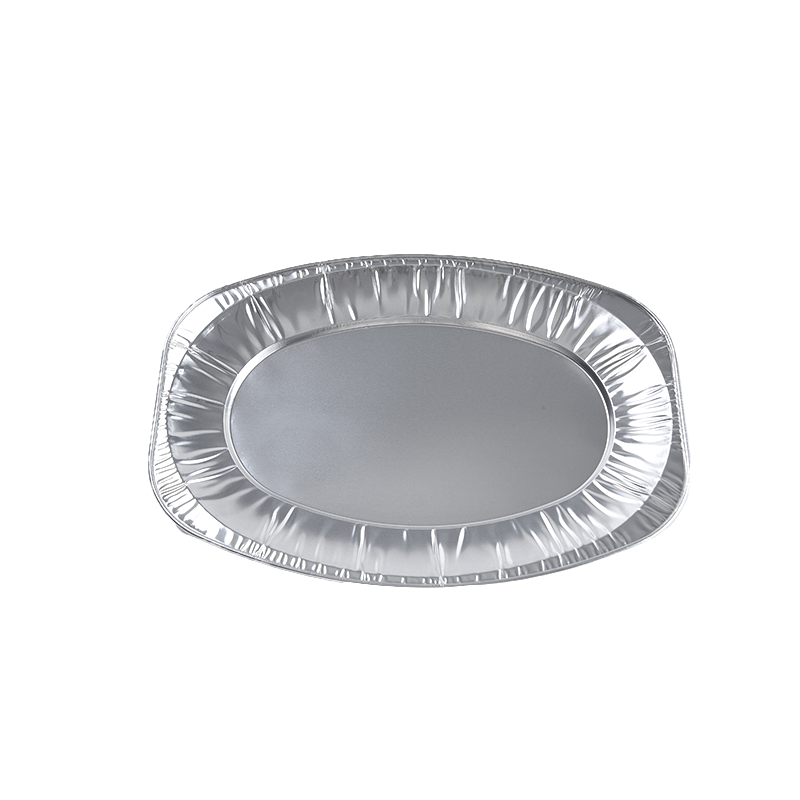What are the advantages of aluminum foil tableware?
Industry News-1. Advantages of Aluminum Foil Tableware
Excellent Heat and Cold Insulation
Efficient Heat Insulation: Aluminum's strong thermal conductivity allows it to quickly respond to temperature changes, making it ideal for keeping hot foods (such as soups and rice) warm or refrigerating cold foods (such as salads and desserts).
Even Heating: Can be placed directly in the oven, air fryer, or microwave (depending on availability) to prevent uneven heating.
Safety and Hygiene
Food-Grade Material: Meets food safety standards, does not chemically react with food, and releases no harmful substances.
High-Temperature Resistance: Withstands temperatures from -40°C to 300°C (some models can reach higher), making it suitable for high-temperature cooking (such as baking and grilling) or refrigeration.
Pollution Resistance: Strong sealing seals out dust, bacteria, and moisture, extending food freshness.
Environmentally Sustainable
100% Recyclable: Aluminum can be recycled infinitely, using only 5% of the energy used for recycling virgin aluminum, significantly reducing resource waste. Plastic Reduction Alternative: Compared to plastic tableware, aluminum foil degrades faster and produces no microplastics, aligning with the global trend toward plastic bans.
Lightweight and Durable
Lightweight: Reduces transportation costs, making it suitable for takeout.
Compression-Resistant and Leak-Proof: Highly durable, it resists deformation and breakage, preventing spillage during takeout delivery.
Versatile
Suitable for a variety of scenarios: Suitable for takeout packaging, home baking, outdoor picnics, airline meals, and more.
Heat-and-Eat: No need to change plates, heat and eat directly, saving time and cleaning.
Compartmental Design: Some aluminum foil lunch boxes feature partitions to prevent food from transferring flavors.
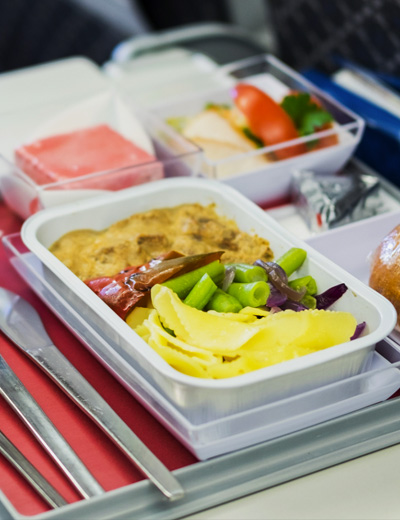
2. Advantages Compared to Other Materials
|
Characteristics |
Aluminum Foil Tableware |
Plastic Tableware |
Paper Tableware |
|
Cost |
Medium |
Minimum |
Medium |
|
High Temperature Resistance |
Up to 300°C |
Typically ≤ 120°C (easily deformed) |
Water-permeable, not oil-resistant |
|
Environmentally Friendly |
Recyclable |
Difficult to degrade, high pollution |
Some contain plastic film, difficult to recycle |
|
Freshness Preservation |
Excellent |
Poor (easy to breathe) |
Fair |
3. Environmental friendliness of aluminum foil tableware
- 100% recyclable, high recycling rate
Unlimited recycling: Aluminum can be repeatedly melted and recycled, maintaining its properties after recycling, theoretically allowing for unlimited recycling.
Low energy consumption for recycling: Recycled aluminum consumes only 5% of the energy used for producing virgin aluminum (saving approximately 14,000 kWh of electricity per ton of recycled aluminum), significantly reducing carbon emissions.
High recycling value: Aluminum recycling is economical and easily accepted by recycling systems, with a significantly higher recycling rate than plastic.
- Reducing plastic pollution
Replacing single-use plastics: Aluminum foil tableware can completely replace plastic lunch boxes (such as those made of PP and PS), eliminating the problem of plastic remaining in the natural environment for hundreds of years.
No microplastic risk: Aluminum foil does not decompose into microplastic particles like plastic, reducing harm to soil and marine ecosystems.
- Low carbon potential in production and use
Lightweight design: Aluminum foil tableware is lightweight (e.g., a lunch box weighs approximately 10-20 grams), requiring less energy to transport than materials like glass and ceramic. Long Lifecycle: If recycled properly, one ton of recycled aluminum can replace approximately four tons of bauxite mining, reducing the ecological impact of mining.
- Degradability and Ecological Impact
Natural Degradability: Aluminum slowly oxidizes in the environment, producing harmless aluminum oxide, without releasing toxic substances (compared to greenhouse gases like methane produced by plastic landfills).
No Coating Contamination: Food-grade aluminum foil typically does not require plastic coating (some cartons require PE coating), making it more easily and fully recyclable.





 English
English 日本語
日本語 عربى
عربى Español
Español
